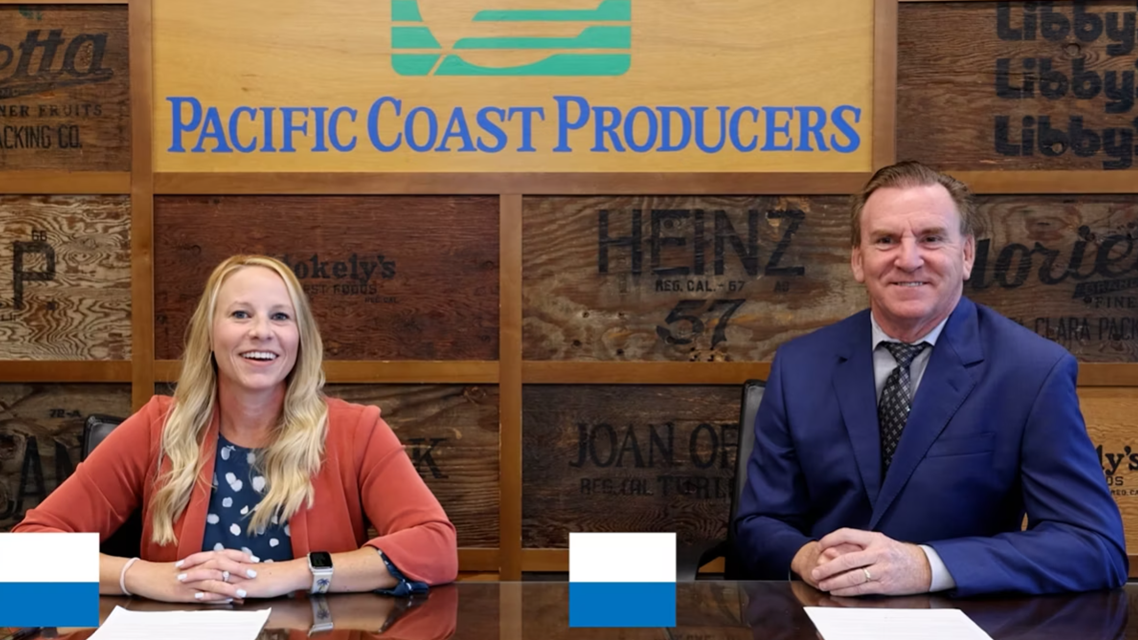Conditioning , Processing
Corporate Sustainability: A guide to measuring and improving energy efficiencies
As environmental scrutiny of global industries continues to grow, governments are seeking to impose energy efficiency targets on companies in order to comply with new directives. One solution is to encourage energy suppliers to become energy service companies, who work with customers to identify potential savings and share the benefits this delivers. For the global food processing industry, this provides a welcome opportunity to measure and accurately assess the energy utilization of the manufacturing process and the impact of energy improvements at each step. Food processors have always held a keen interest in identifying ways to improve efficiencies, while demonstrating to customers and stakeholders that they are doing their best to minimize their carbon footprints. Since the introduction of ISO 14067 - an international standard which lays out the principles, requirements and
12 April, 2017
As environmental scrutiny of global industries continues to grow, governments are seeking to impose energy efficiency targets on companies in order to comply with new directives. One solution is to encourage energy suppliers to become energy service companies, who work with customers to identify potential savings and share the benefits this delivers. For the global food processing industry, this provides a welcome opportunity to measure and accurately assess the energy utilization of the manufacturing process and the impact of energy improvements at each step. Food processors have always held a keen interest in identifying ways to improve efficiencies, while demonstrating to customers and stakeholders that they are doing their best to minimize their carbon footprints. Since the introduction of ISO 14067 - an international standard which lays out the principles, requirements and guidelines for the quantification and communication of the carbon footprint of a product - processors are now able to benchmark the impact of their activities on the environment against competitors. As this important issue continues to receive global attention, the ability to justify and quantify processes and technologies grows. This is a very big challenge for food processors, but advances are constantly being developed to help conserve energy and streamline processes. TOMRA Sorting Food is one of the few companies that uses the energy efficiency benefits of technology to achieve industry leading performance in its sorting and peeling solutions. In the area of food sorting, there are two major areas where savings can be found - illumination and ejection. Lighting and illumination are vital to accurately analyze the products. In older sorters, lighting can use 8,000 watts of power per hour when inspecting on a one-meter-wide system. However, with the adoption of pulsed LED technology, this energy use can be reduced to only 150 watts of power per hour. Other benefits of LED illumination are longer lifetime, increased durability and no toxic materials, which is better for the environment. The benefits of pulsed LED technology can be measured in energy efficiency and also in increased lifetime. Another key component of the process is ejection, which can be achieved through the use of compressed air. However, compressed air can also be one of the most expensive uses of energy inside a processing facility. Approximately eight horsepower of electricity is used to generate one horsepower of compressed air. By employing tailored rejection systems for large piece and small piece ejectors, customers can reduce the compressed air usage in parts of the process where large piece rejection is required. In certain sorting and ejection systems for large piece sorting applications (e.g. whole vegetables and whole fruit), the choice to use a sorter that is fitted with finger ejection (such as the TOMRA 5A), as opposed to air ejection, significantly reduces the use of compressed air, which improves the overall energy efficiency of a food processing line. Air consumption is 80 percent lower in finger ejection systems, which provides a significant cost and time saving. The most effective way to remove the skin from vegetables and fruit is steam-peeling, but the use of steam can result in significant amounts of energy being used. Energy usage of steam peelers has been identified as a focus area by steam peeler manufacturers today. Using the latest technology in pressure vessel design and shape, the time taken to peel hundreds of pieces of vegetables can be five to ten seconds. The reduction cuts the steam usage in half and results in significant savings. An average French fry production line will employ a single steam peeling machine that can peel approximately 30 tons of potatoes every hour. The steam requirement for this level of food production is approximately 1,800 kg of steam per hour, which has a significant impact upon the energy use and energy efficiency of a production line. In recent years, technologies have enhanced and improved the steam peeling process, meaning that the steam used in the process can be reduced by approximately 25 percent. The introduction of modern, efficient steam technologies, such as TOMRAs Eco steam peeler, has reduced the steam vessel size and steam time, without impacting production capacity. In total, this change in process delivers a reduction of 20 to 25 percent in energy consumption, which in turn reduces energy and product wastage. By doing so, it is possible to process 2,500 potatoes in 3.5 to 5 seconds. The new innovative steam peelers have reduced the void space and improved the heat transfer from the steam to the surface of the product that is to be peeled. This in turn reduces the free steam around the product and inside the pressure vessel, and the overall steam time is reduced. Beyond the inherent efficiencies found in modern machines, the collection and interpretation of data is a key factor in reducing energy usage. Today, automated sorting systems used in potato processing lines inspect the percentage of skin that has been removed by the steam peeler. The inspection system collects data and uses this information with an automated peel control module to reduce the steam usage of the steam peeler, by providing real-time feedback and control depending on the percentage of skin that is removed and the quality of the peeling process. The continuous flow of data from automated sorting and peeling technologies is shared with the factory automation system. Each processing machine is able to communicate the data received to the supervisor and manager of the processing line. This provides real-time information regarding the efficiency of the processing line and enables processors to identify changes in efficiency. This automated communication represents a huge advancement when compared to the capability of machines that were installed five to ten years ago, and contain technology that is more than 20 years old. The benefit of improved accuracy in sorting and steam peeling has universal benefits for food processors but its application in potato peeling is significant. Improving energy efficiencies in food processing has many benefits. By reducing steam, power and time, processors can improve their profitability while also being able to measure themselves against ISO 14067, and the brand and corporate responsibility benefits it delivers. Beyond that, the improvements will also have a positive impact on the industrys consumption of resources and allow for greater access to food, providing a solution to a challenge that is only going to grow as the worlds population increases.
https://youtu.be/cOWPH6Z7uH8











